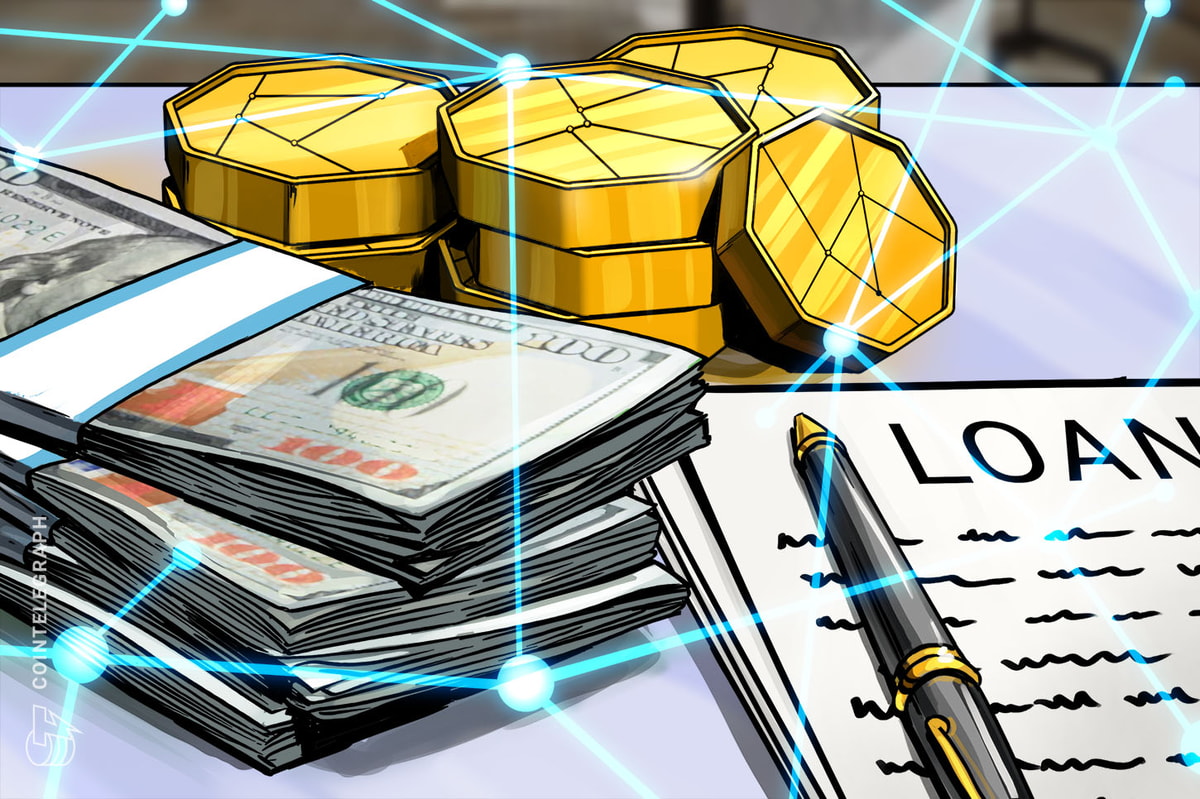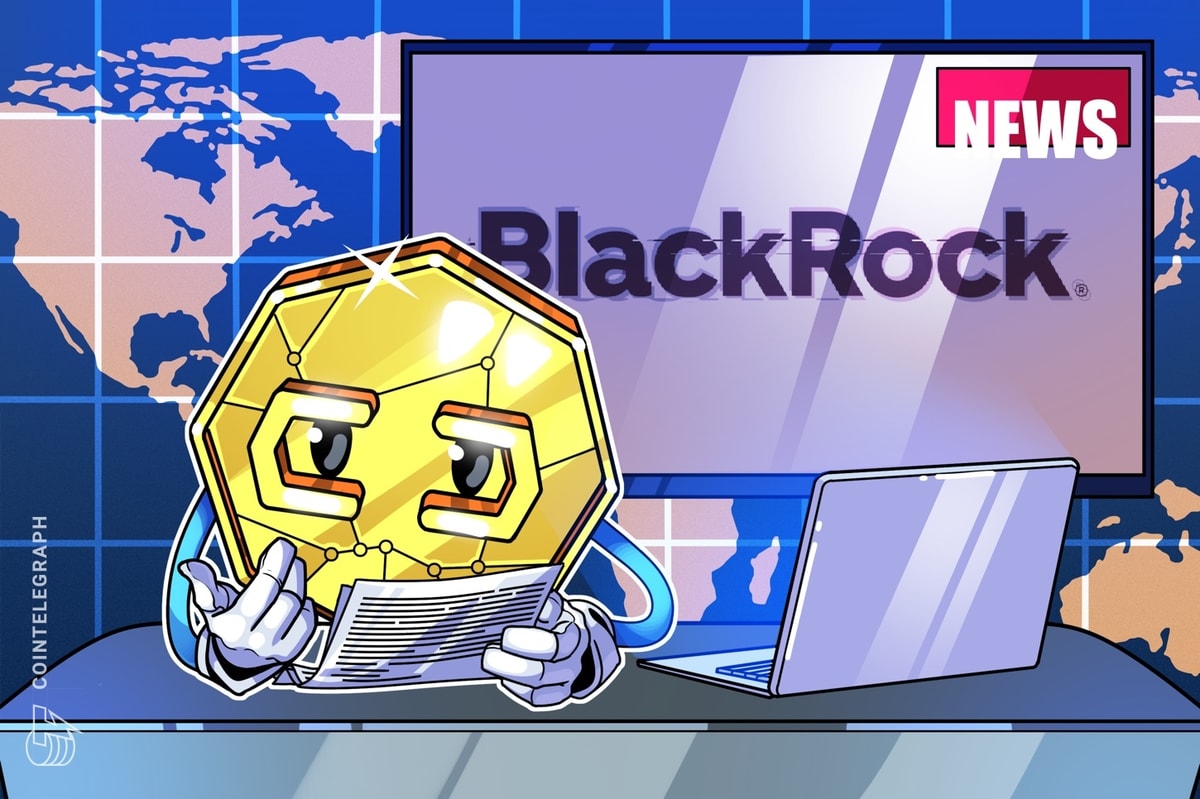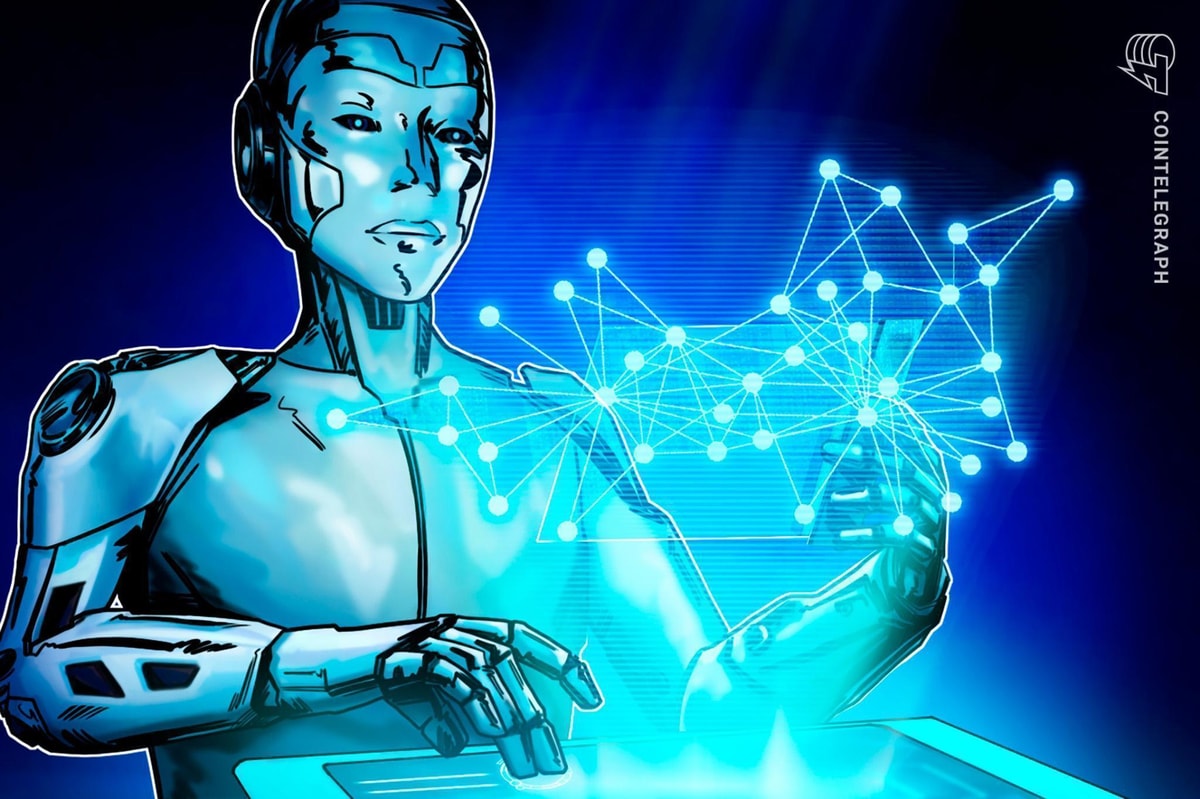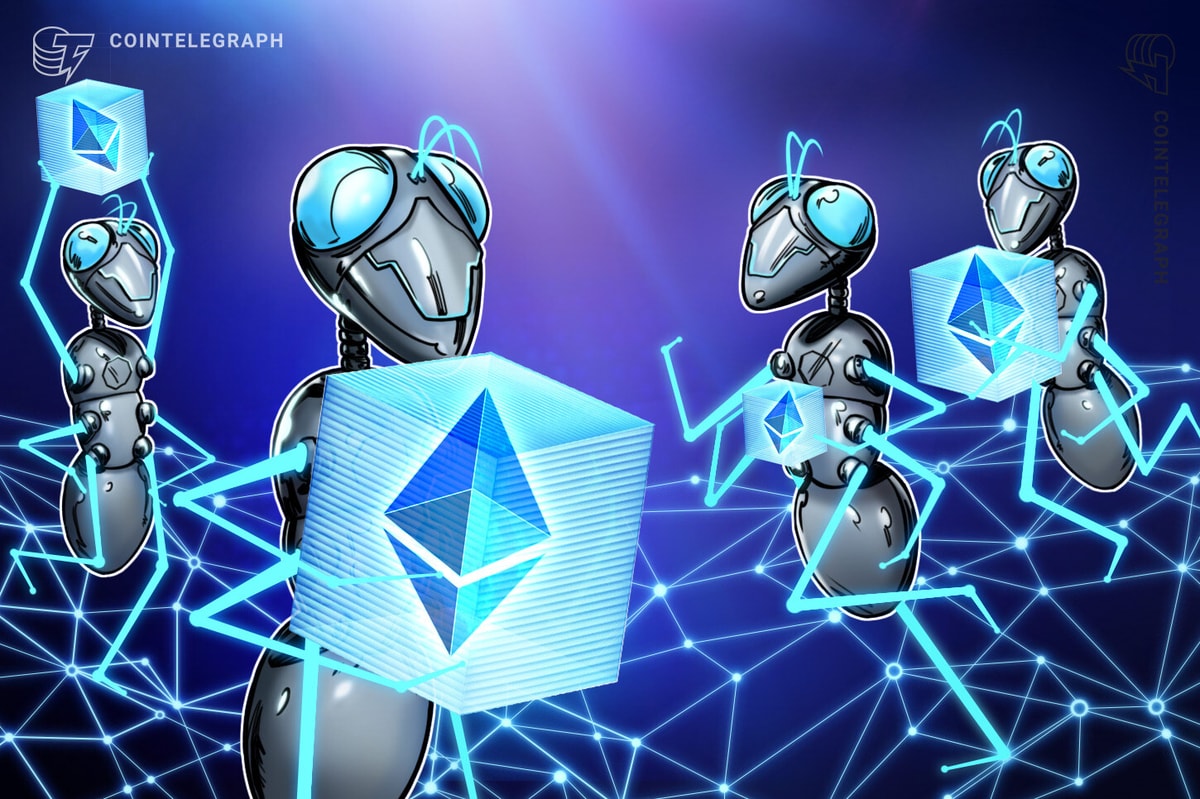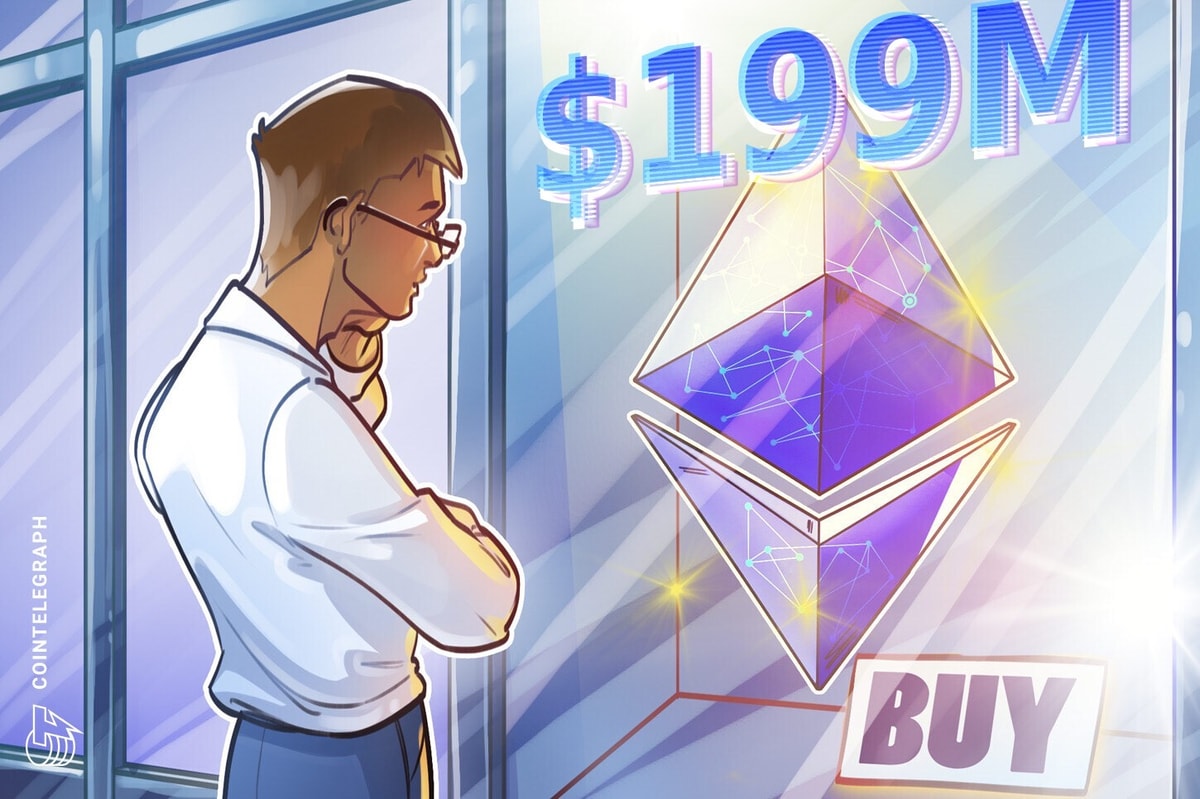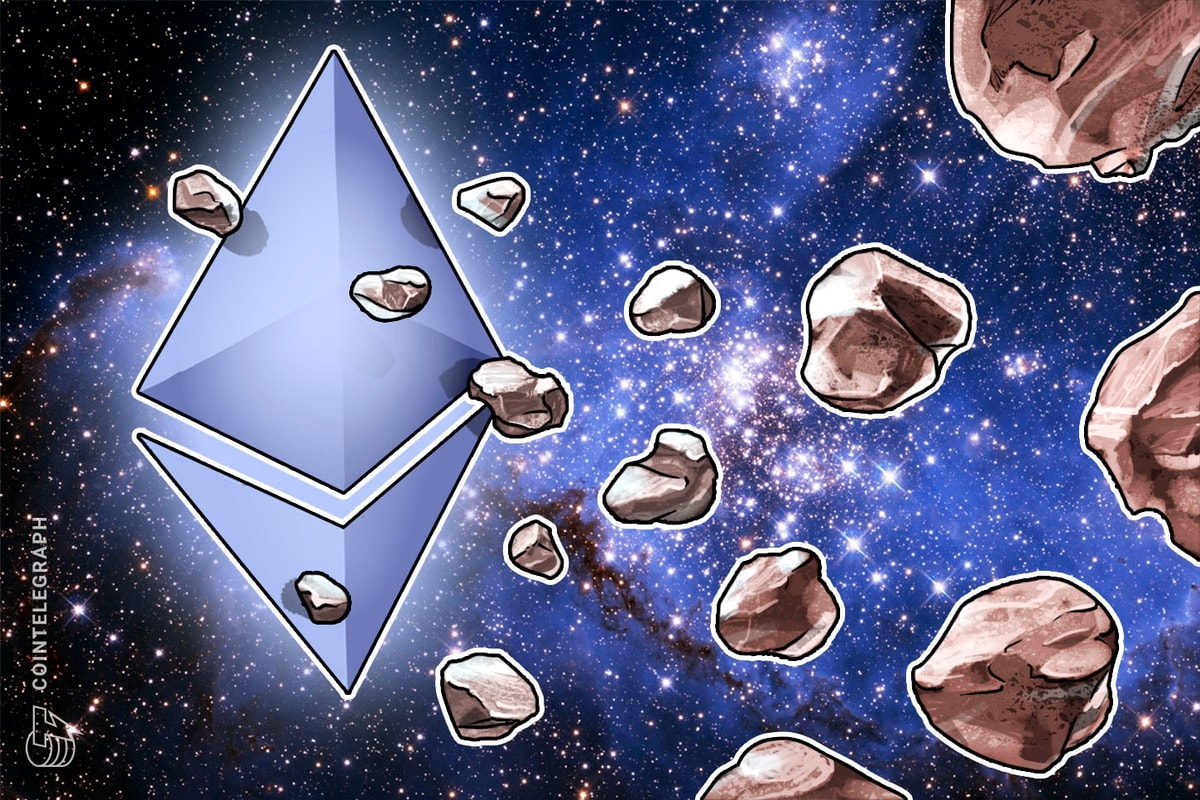Ethereum’s next big upgrade, Shanghai, is on the horizon for March. The Shanghai hard fork will implement further improvement proposals for the Ethereum network as well as enable Ether (
That cost to stake gave validators pause, and many held off on securing the network. The Shanghai update, however, will remove this uncertainty, and tokenholders will be allowed to withdraw their staked assets. The obvious reaction is to assume that people will simply withdraw their funds and “cash out,” but we are likely going to see the exact opposite. Because such a large percentage of investors were initially reluctant to stake ETH — remember, only 14% of the supply is currently staked — the percentage of ETH staked is likely going to rise with the risk of withdrawal uncertainty gone.
Additionally, many ETH stakers bought the token during the bull run when prices hit a top of $4,500. But with the current price hovering around $1,600, it is unlikely that current stakers will sell at a loss. With MEV-boosted rewards sitting close to 7% and a positive outlook on a market price increase due to deflationary tokenomics, we expect to see a significant inflow into ETH staking.
The rise of liquid staking
Stakers can stake ETH directly with Ethereum, which requires a hefty sum of 32 ETH, or via liquid staking protocols such as Lido and Rocket Pool. Liquid staking is a concept that democratizes Ethereum staking for investors who can stake as little as 0.01 ETH. Staking small amounts of Ether is possible when investors exchange their ETH for derivative tokens, which are backed one-to-one and represent the amount of Ether staked in the pool.
The capital efficiency of liquid staking is one of its main advantages for investors. Sometimes referred to as liquid staking derivatives (LSD), it gives you the freedom to enter and exit the market at will. Because it’s a derivative, it gives investors access to additional markets, and the LSD industry is just beginning to get off the ground.
Improvement proposals and their impact
The upcoming Shanghai upgrade (EIP-4895) will focus on enabling withdrawals on the execution layer — Shanghai — and the consensus layer, referred to as the Capella upgrade. The Capella upgrade is especially beneficial for ETH stakers interested in understanding how withdrawals will work, as interactions are necessary to complete a full withdrawal on the consensus layer.
Related: Tax on income you never earned? It’s possible after Ethereum’s Merge
Ethereum’s roadmap has several updates coming after Shanghai — sometimes referred to as the “Surge,” “Verge,” “Purge” and “Splurge” — demonstrating the community’s dedication and long-term vision, which is essential for the protocol’s future evolution. In the immediate future, EIP-4844 (proto-danksharding) can scale Ethereum with new transaction roll-ups reducing gas fees, and EIP-3540 will aim to reduce the Ethereum Virtual Machine’s resource requirements.
In 2022, Ethereum saw a 178% increase in developer activity for programming libraries, reaching 1.5 million downloads. Despite the market being down, developers have ramped up real-world solutions and continue to build smart contracts on Ethereum at a blistering pace, hitting 4.6 million deployments for Q4 2022.
The success of switching Ethereum from proof-of-work to proof-of-stake should not be understated as an incredible achievement. Now that this move has been a resounding success, upgrades will be released faster, thanks to a community that is unmatched in terms of creativity, values and long-term vision. The foundation of cryptocurrency and proof-of-stake has been built on Ethereum, and it has a highly promising future.
Investors and stakers would be wise to keep their ETH staked, allowing it to continue to secure and decentralize the network. And generating some additional passive income from staking rewards doesn’t hurt the decision to remain, either.
Konstantin Boyko-Romanovsky is the CEO of Allnodes. He holds a master’s degree in architecture from Moscow Architectural Institute and spent more than a decade in the video game industry, with a focus on Russia and Eurasian markets.
This article does not contain investment advice or recommendations. Every investment and trading move involves risk, and readers should conduct their own research when making a decision. The views, thoughts and opinions expressed here are the author’s alone and do not necessarily reflect or represent the views and opinions of Cointelegraph.

